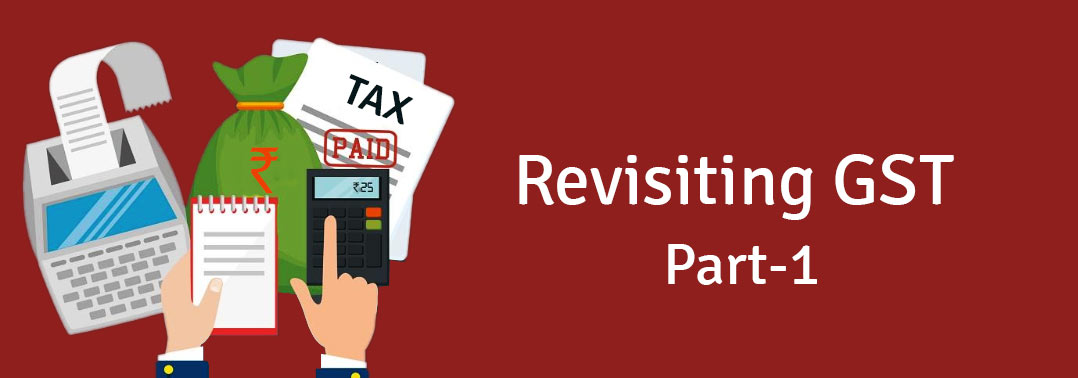The Goods & Services Tax (GST) has completed 18 months of its implementation; and the developments so far have been encouraging. After the initial months of excessive hassles related to filings, complaints of high tax rates, inconvenience to small entities, and so on, the taxation regime appears to have reduced these glitches substantially. Still, it is a work-in-progress — both operationally, and in terms of its potential to enable formalization of economy, widen tax base, and most importantly, bring about a cultural change from tax avoidance to tax compliance.
The tax information is also expected to help banks assess the credit worthiness of a business (especially small entities), and make lending more efficient and less risky. This should also, going forward, help assess the economic growth in a more effective manner.
Here is a look at its progress and the changes after implementation. Other than the technical glitches, the bigger worry was high tax rates, which threatened the survival of many small businesses. The GST Council has acted quite proactively on this matter; and received substantial praise by cutting rates liberally.
Almost 75% of items saw their tax rates come down from the initial 28% to 18% slab in Nov. ’17, providing a huge relief (the initial rate was based on the then-existing effective tax rate). The Committee has been pruning the list in almost all of its meetings; and just about 27 items remain in the top slab of 28% — from the original 200+ items.
Items, such as, washing machine, small TVs, air-conditioners which cannot exactly be called common-use items, have also seen the tax rates come down from 28% to 18%. Most of the items remaining in the 28% slab are what are called ‘demerit goods’, such as tobacco, etc., and luxury items.
An interesting drawback of GST is that the tax rate looks quite high, especially in the case of the 28% slab, even though this is less than the effective tax rate of 40% earlier (as in the case of automobiles). Since the taxes were levied at different stages, the aggregate tax impact was not getting reflected.
The tax rate cut was followed by measures to ensure that the benefits are passed on to the consumer. GST has a unique anti-profiteering provision, whereby it can levy penalty on a company if it does not pass on the gains of lower tax rate to its customers. Even though it may not be easy to use this provision effectively, it acts as an important deterrent. The anti-profiteering agency has imposed a penalty on a leading FMCG company recently and the case is under litigation currently. The special focus of the GST Council has been to ensure that the gains arising out of GST percolate to the consumers; and do not get cornered by the business entities. This is evident from the modification related to taxation on restaurants. The original scheme involved 12/18% tax rate, with the restaurants getting the tax credit on inputs (this means that in a bill of, say, INR 1,500, if the cost of input was INR 600, the restaurant would have to pay tax on INR 900 only, and not on INR 1,500).
However, this benefit was not being passed on to the consumer. To ensure that restaurants do not get this undue benefit, the tax rate was reduced to 5% WITHOUT giving them the benefit of input tax credit. The measure was a smart one; and shows the alacrity with which the Council has been managing the transition.
[Note: The objective of this post is to provide elementary information about GST, primarily to beginners. A business entity must consult a GST practitioner to understand the fine prints on actual compliance requirements]
Ashish Agrawal
Founder, India Business Analysis | IIT Roorkee, IIM-C alumnus





















































